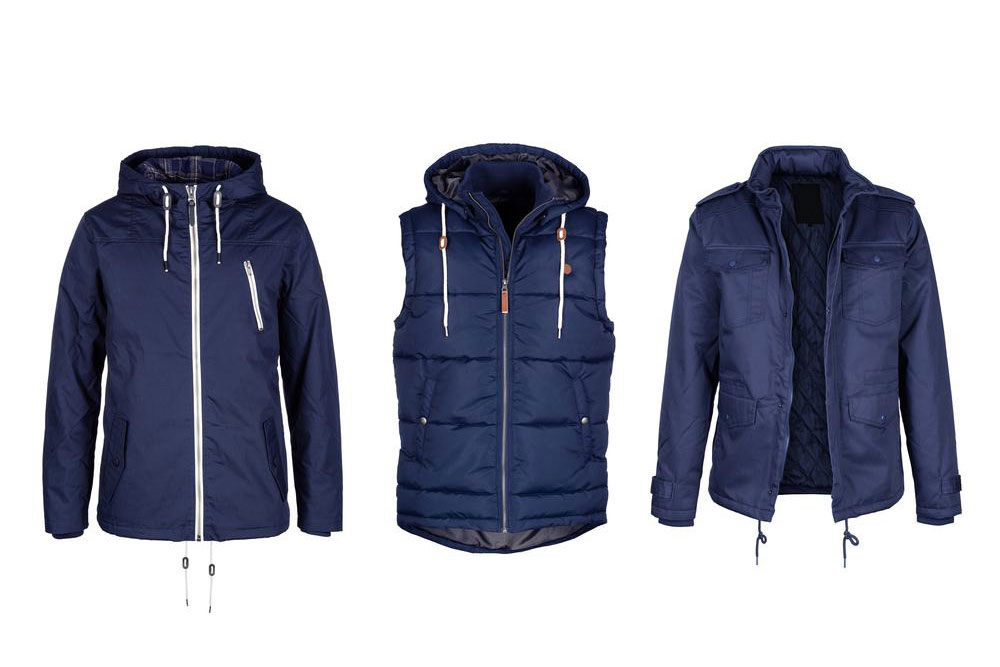Evolution and Origins of the Classic Pea Coat
Discover the history and evolution of the iconic pea coat. Originating from naval tradition, this durable wool garment has evolved over centuries to become a versatile fashion staple for civilians. Learn about its design features, historical background, and modern adaptations in this comprehensive overview.

The pea coat is a timeless outer garment made from heavy wool, traditionally navy blue. Originally designed for European sailors, it later became a staple in the US Navy. Features include a short length, double-breasted front, broad lapels, and distinctive buttons, often wooden, metal, or brass, with vertical or slash pockets. Historical mentions of the pea coat date back to the 1720s in American newspapers. Modern versions retain these classic features, sometimes adding a hood. Available in various shades, pea coats are popular on city streets worldwide and come from a rich naval tradition.
Made primarily of wool (around 80%) with synthetic fibers, current designs often include a center vent. Over the centuries, button styles and counts have evolved—from ten during WWI to six today—with many featuring the iconic anchor emblem. While some believe the term derives from the Dutch word "pijjakker," its exact origins remain debated. The US Navy adopted the pea coat from Britain, where it was initially crafted for rigging climbers and sailors. Today, civilian styles enjoy wider creative liberties but still honor their maritime roots.








